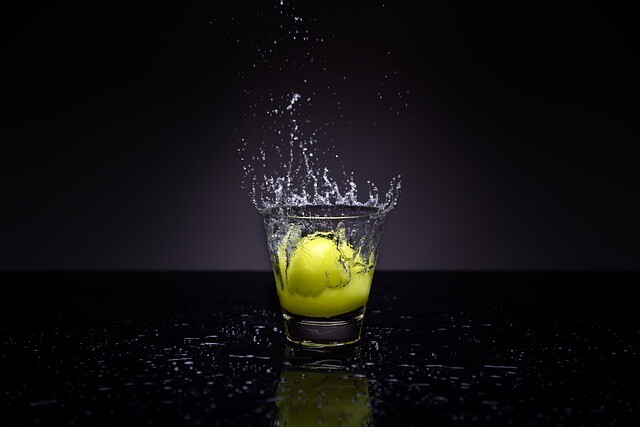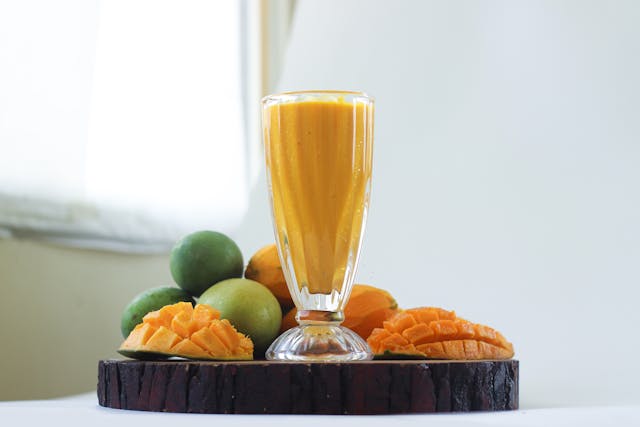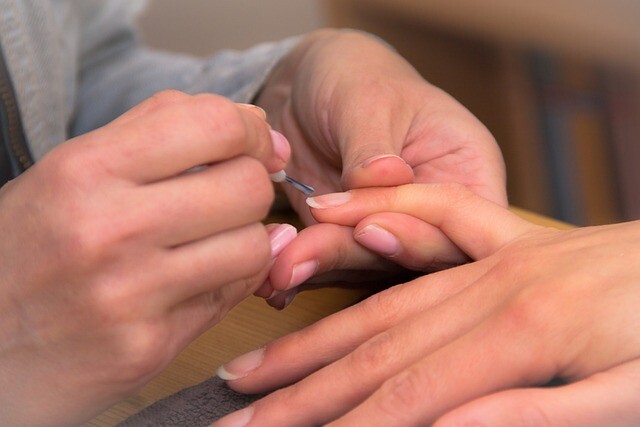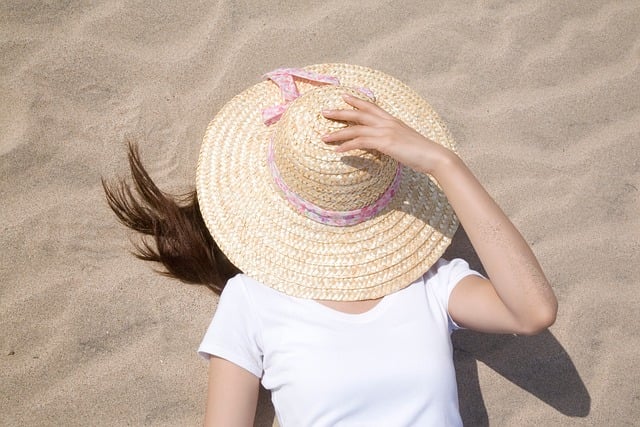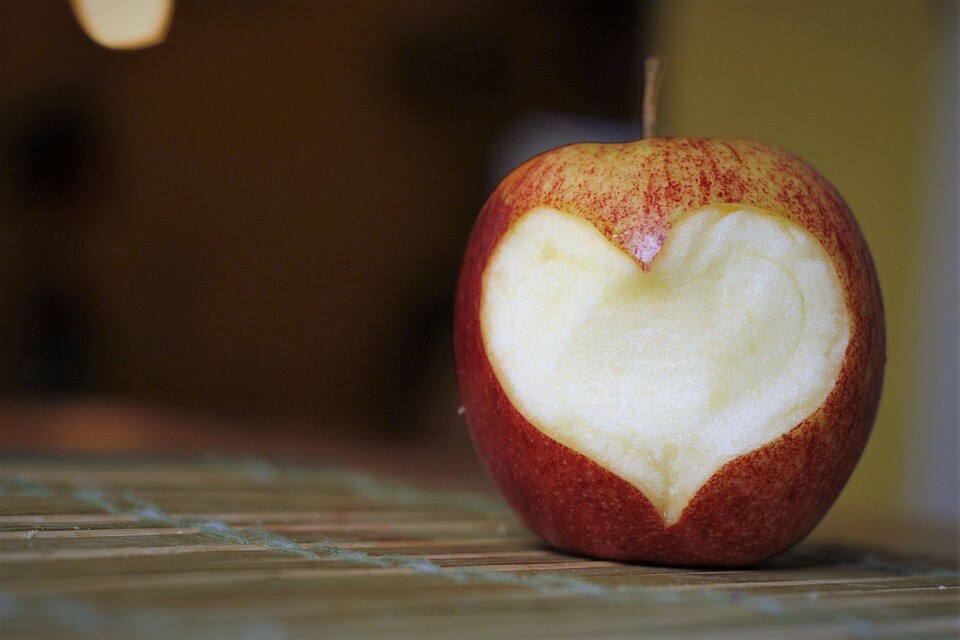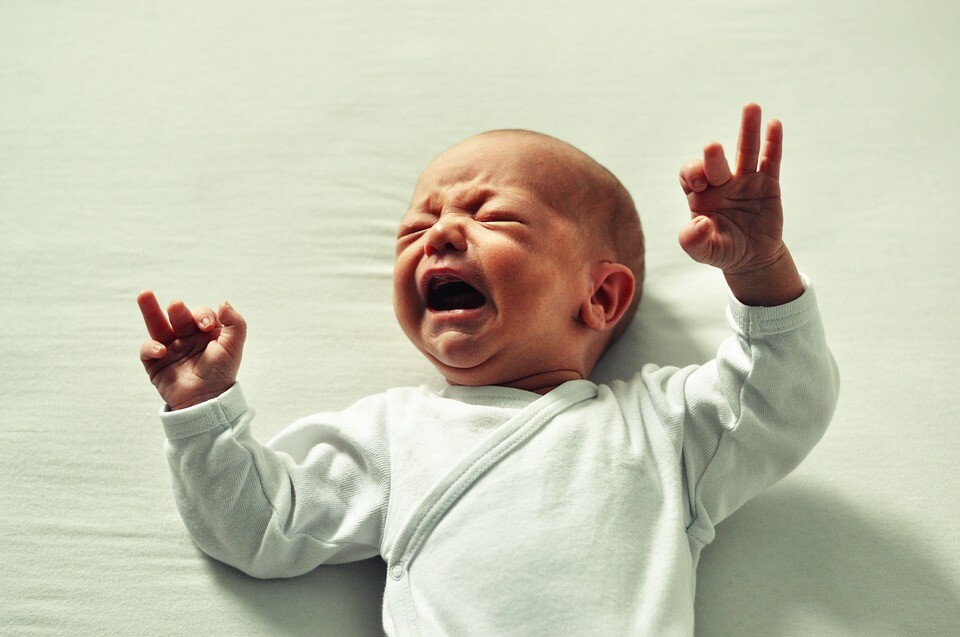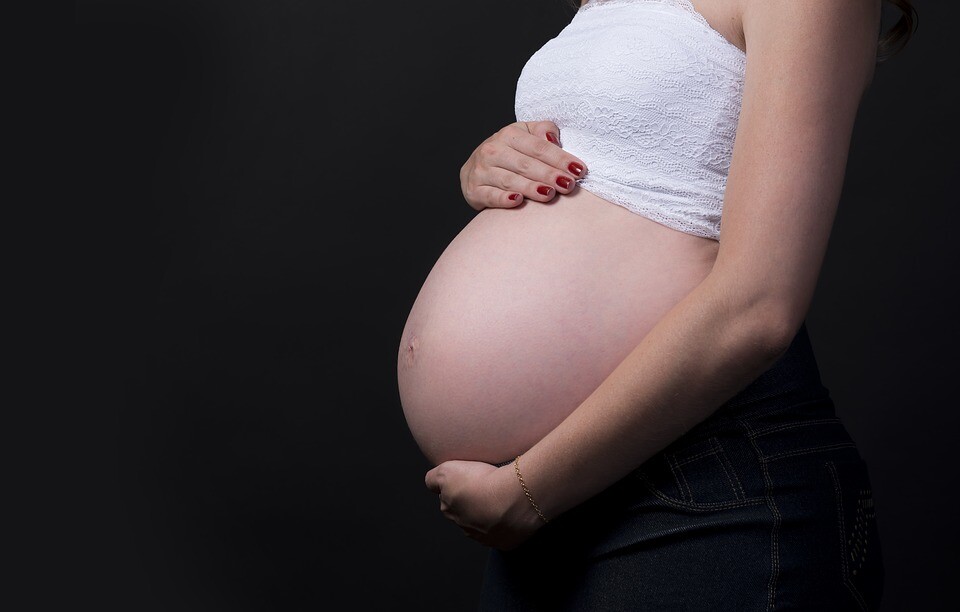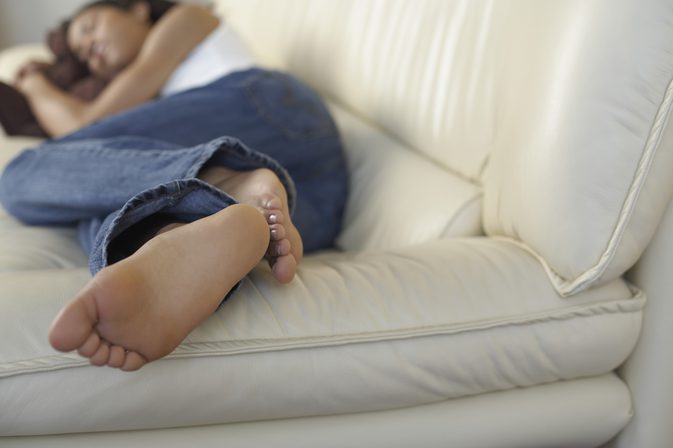Diagnosis: Beginning of school-leaving stress, but how do we help our child to overcome the difficulties?
New faces, new environment and new rules. Getting the first one is a great experience, but it also has many challenges. After a period of initial, excitement and waiting, it is often the case that young people complain about fatigue and fatigue. Physical symptoms are often stressed by children. How can we help them through the hardships?

Movement and sport can be a great help in this situation as well. The essence of grassroots sport is to make the movement a pleasure for the child. This is of particular importance when a schoolteacher is transferred from self-forgiving kindergarten to school environment that is regulated by rules, responsibilities, and often competitive situations. In that case, you still need the right amount of exercise and intensity because it can greatly facilitate your integration and help you deal with excessive stress.
New experiences, new challenges
According to the data of the Central Statistical Office, in September of each year about 100,000 small children start the first class. Children who are playing as a kindergarten in the spring are going to a new stage in the classroom. Instead of the proximity of parent and kindergarten teacher, the desk is a sedentary lifestyle and new, many-time-responsible tasks are waiting for them.
"In kindergarten, young children can move freely, there is much more time for free play and they also have the opportunity to get up and go to kindergarten programs. The new rules of school life, the expectations, and the more modest way of life together lead to a tired, tense child, " explains Ágnes Vida, a child psychologist. In this situation, it is particularly important to know what the parent is and how he reacts to his / her child's behavior and condition. "Parents also want to meet the school's expectations, so they often sit at home, practice schoolwork, and tend to deal with fatigue with vitamin preparations, or choose passive relaxation instead of active. However, mesencing and video games do not help to effectively deduce the child's energy and to compensate for the lack of movement. Stress can be mitigated by spending time in the open air after school, walking, cycling, playing balls, playgrounds, and trying to spend more time on the open air on weekends, " emphasizes the child psychologist.
Physical activity and sport therefore have not only physical, but psychologically irreplaceable effects. With the start of the school period, though the student's daily routine is increasing, the sitting static activity will remain at least 60 minutes daily [1] . Thus sport is an important element of balanced development.
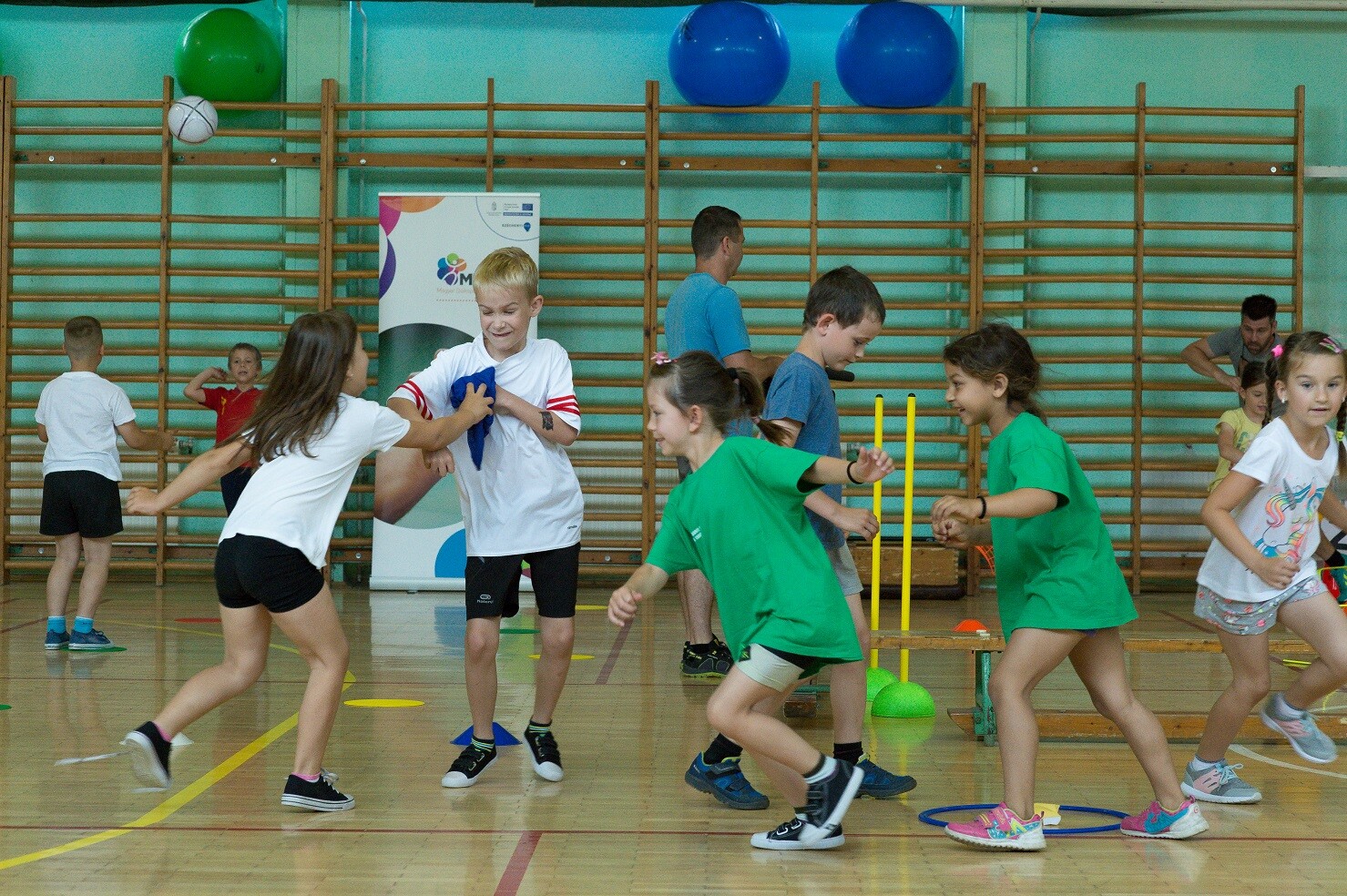
A versatile sport
The beneficial physiological effects of movement are widely known. For children and sports students, therefore, one of the biggest challenges is to make children feel like a regular and easily accessible source of experience, so that they do not abandon them as adults or even elderly people.
The less well-known grassroots sport in Hungary is that not only young people should be regarded as a set of strictly technical and tactical rules based on successful, but only the other, overcoming the other, but rather an activity in their lives, which provides positive inner experiences, relaxes, promotes long-term individual development, also promotes health preservation and development and promotes social inclusion.
This is especially important for the youngest when they start schooling in a number of cases in a performance and competitive learning environment. In addition to the new community, they have to meet new types of expectations, tasks, pedagogical culture, lesson and occupational management and organization, which can be a serious stress to them as described above. An effective way to derive this is sport and movement.

The benefits of grassroots sport
One of the Hungarian supporters and promoters of the new approach is the Hungarian Student Sports Federation. As a specialist in child and student sports, MDSZ believes that grassroots sports not only provide new opportunities to bring sport-related experiences to new ground, but in the long run, both leisure and sporting competitions can contribute to tackling dropouts or losing motivation .
"In most sports, we still find that children are trying to meet their parenting or coaching needs. Thus, instead of enjoying pleasure and experience in physical exercise and in motion games, they are more influenced by external motivation, which can lead to anxiety and stress over time, even in compulsive compulsion. The grassroots sport is capable of sustaining not only interest but internal motivation, but also the need for sport and lifelong exercise, " said Gabor Balogh, MDSZ president.
One of the cornerstones of grassroots philosophy is the multisport approach, which aims to get the most out of the movement and the sport . This improves problem-solving skills, promotes the development of basic mobility skills, the development of conditioning skills, or even technical and tactical thinking, but also has a positive impact on social relationships and mental health, for example through the prevention of depression and burnout.
What can a parent do when complaining about fatigue and sickness with his first child?
It is possible that school-leaving stress is in the background. To get rid of it, movement may be the right method, so instead of passive recreation, we encourage our child to move. It is important, however, that sport is properly tufted back into the life of the child and not creating a new stress. So let's find a way to go for the little school that gives you the pleasure you are looking for, where you can enjoy the need for movement, get friends, and have a success with a more lazy way of life with your school. It is a good idea to find out about school sports activities and to encourage the child to try out as many forms of movement as possible. Let him find his own sport in which he delights and succeeds. Do not force the little pupil into a result, but let him move to his own pleasure, helping him to engage in movement for the rest of his life.
[1] The World Health Organization (WHO) Global Recommendation recommends at least 60 minutes a day and high intensity physical activity for the 5-17 year-old.
(Source: marmalade.co.hu | Image: pixabay.com, Merlin,)

